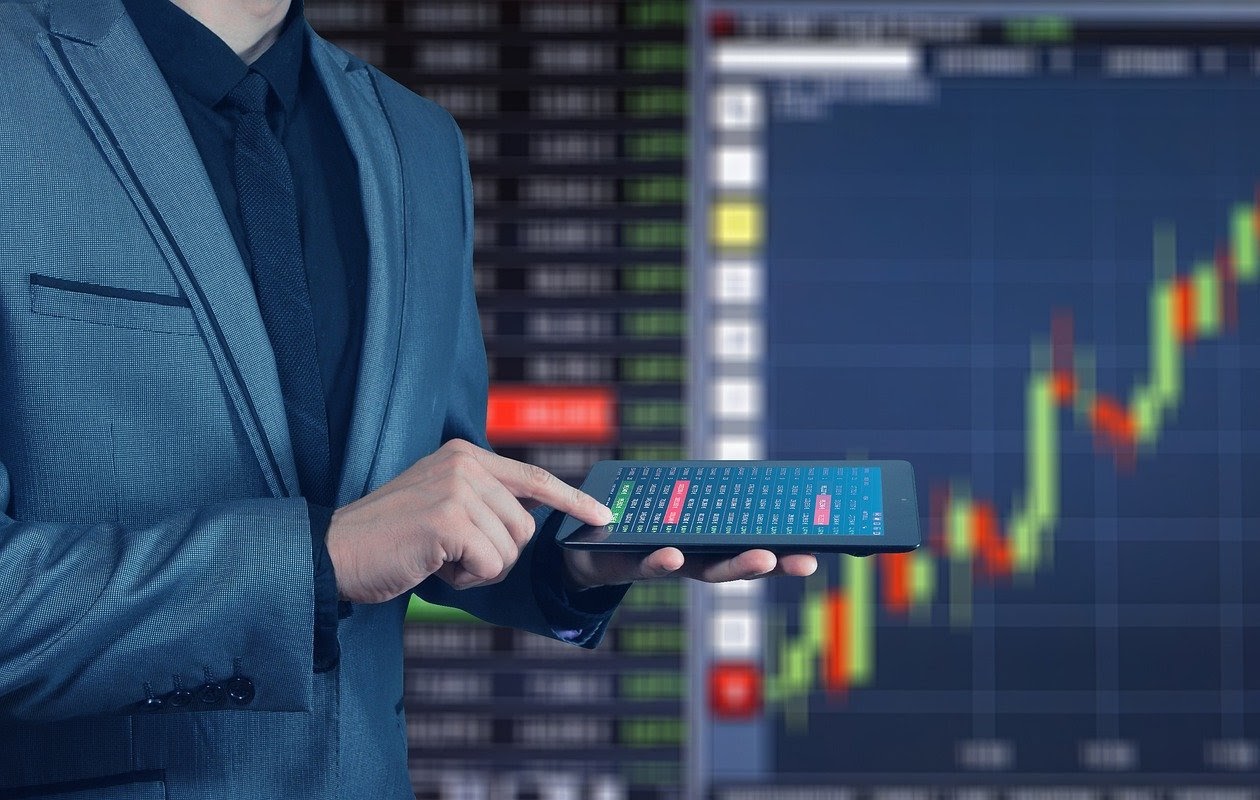Library book returned 50 years late with apology and a £20 note
July 29, 2021Which Type of First Aid Courses Should you Take?
July 29, 2021
Such a young financial instrument as a CFD lets you trade upon one of the oldest asset types, such as commodities, without purchasing any real assets. The profits are made only on the difference between the opening and closing price. This quick guide by Investous.com market experts will teach you the basics of the CFD trading commodities process.
What Is a CFD
CFD (Contract for Difference) is a derivative financial instrument that allows you to trade on the margin without owning real assets. This makes CFDs more attractive than futures for commodities as the second option is significantly more expensive. Regardless of the underlying asset, the trading process includes the following basic steps:
- You open a position and bet on your prediction. You can bet on the market going long and short. It means that both positive and negative price movements can be profitable if your prediction is correct.
- You close a position to fixate profits or losses, depending on your prediction and time.
How CFDs on Commodities Work
CFD is currently considered an efficient instrument to trade such popular commodities as gold, silver, oil, natural gas, wheat, gasoline, and many more. You can gain high exposure to the underlying asset by using the leverage. At the same time, there’s no need to purchase a commodity you want to speculate upon. Commodities can be very expensive, and CFD is a derivative that makes them much more accessible for traders. Using CFDs, you can trade commodities on margin, which means investing only a small percentage of the actual asset price.
How to Trade: Step-by-Step Guide
Here are all the steps of trading CFD commodities:
- Select market – you should trade only those commodities which trends you can track and understand. It’s essential to know your market to make knowledgeable predictions.
- Decide on the direction of your next trade – you can go long and open a “Buy” position if you expect the asset to rise in price or go short and open a “Sell” position if you expect the price to fall.
- Decide on the trade volume – it means that you have to decide how many CFD units you want to purchase for the trade.
- Enable stop-loss and stop-limit order – prices on CFDs can rise and fall dramatically within short periods. You should protect your account from large leveraged losses and enable stop loss (auto-close at loss) and stop-limit (auto-close at profit) orders to close your positions automatically if the prices start moving against you.
- Monitor each open position – although stop orders will close positions if something goes wrong, they can’t think for you, so it’s highly important to monitor every open position and close them in time to record profits before losses occur.
Remember About Balance
CFDs can make risky positions highly attractive due to the high accessibility of wide asset exposure, but you shouldn’t believe this intention. It’s essential to keep the balance between the positions you open and your account balance. Potential losses should never grow bigger than the residual account balance. Good luck!
